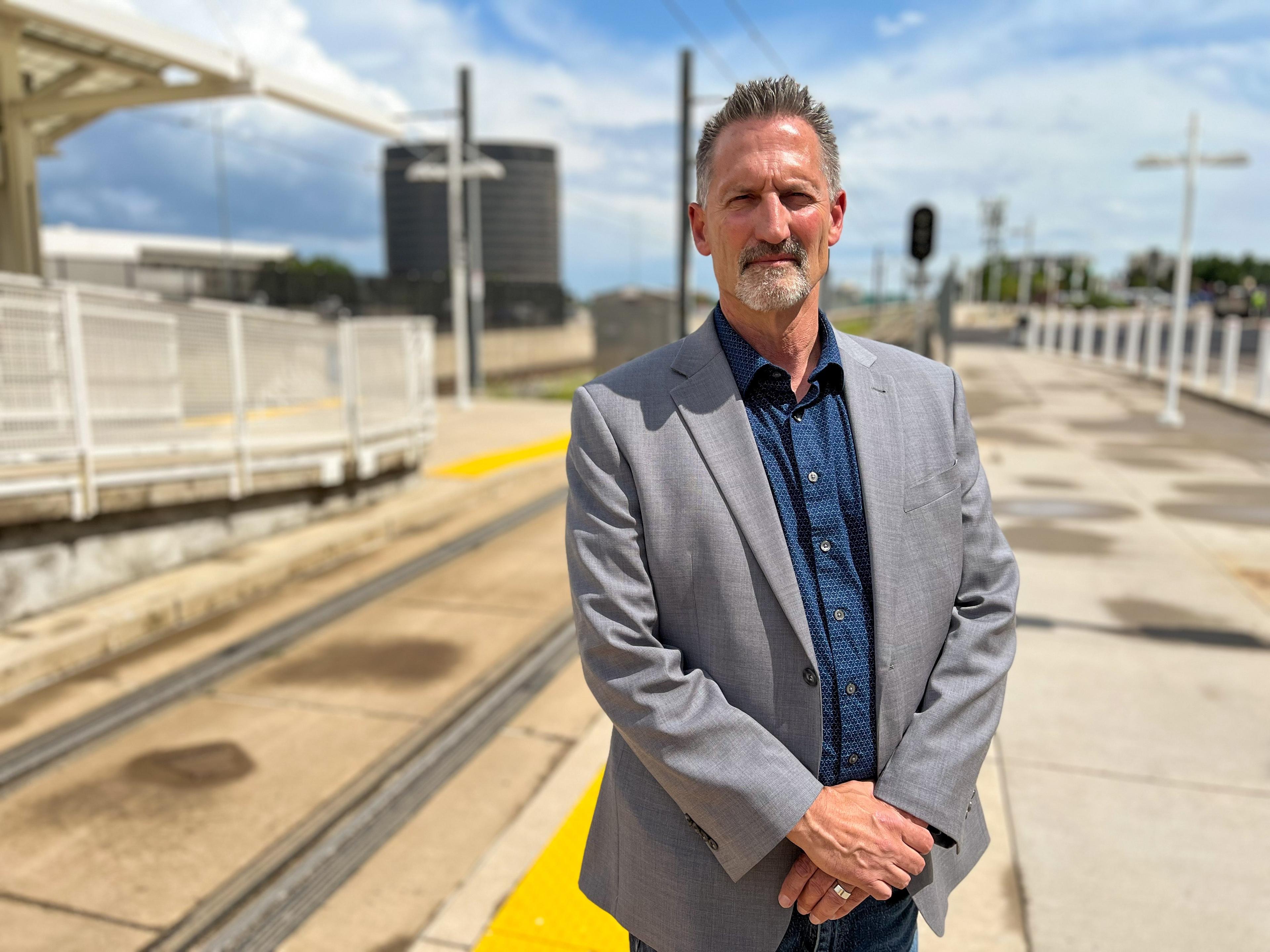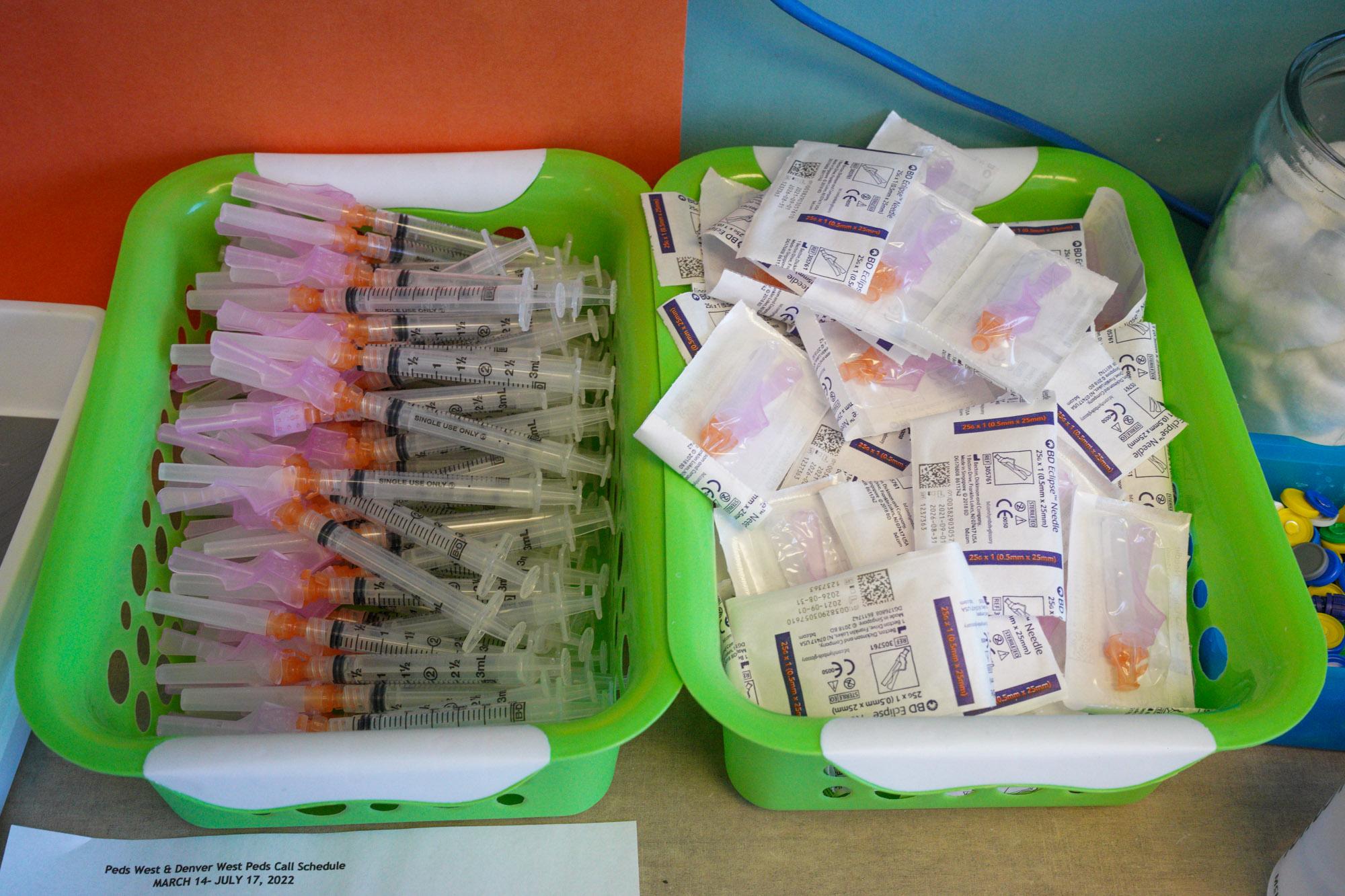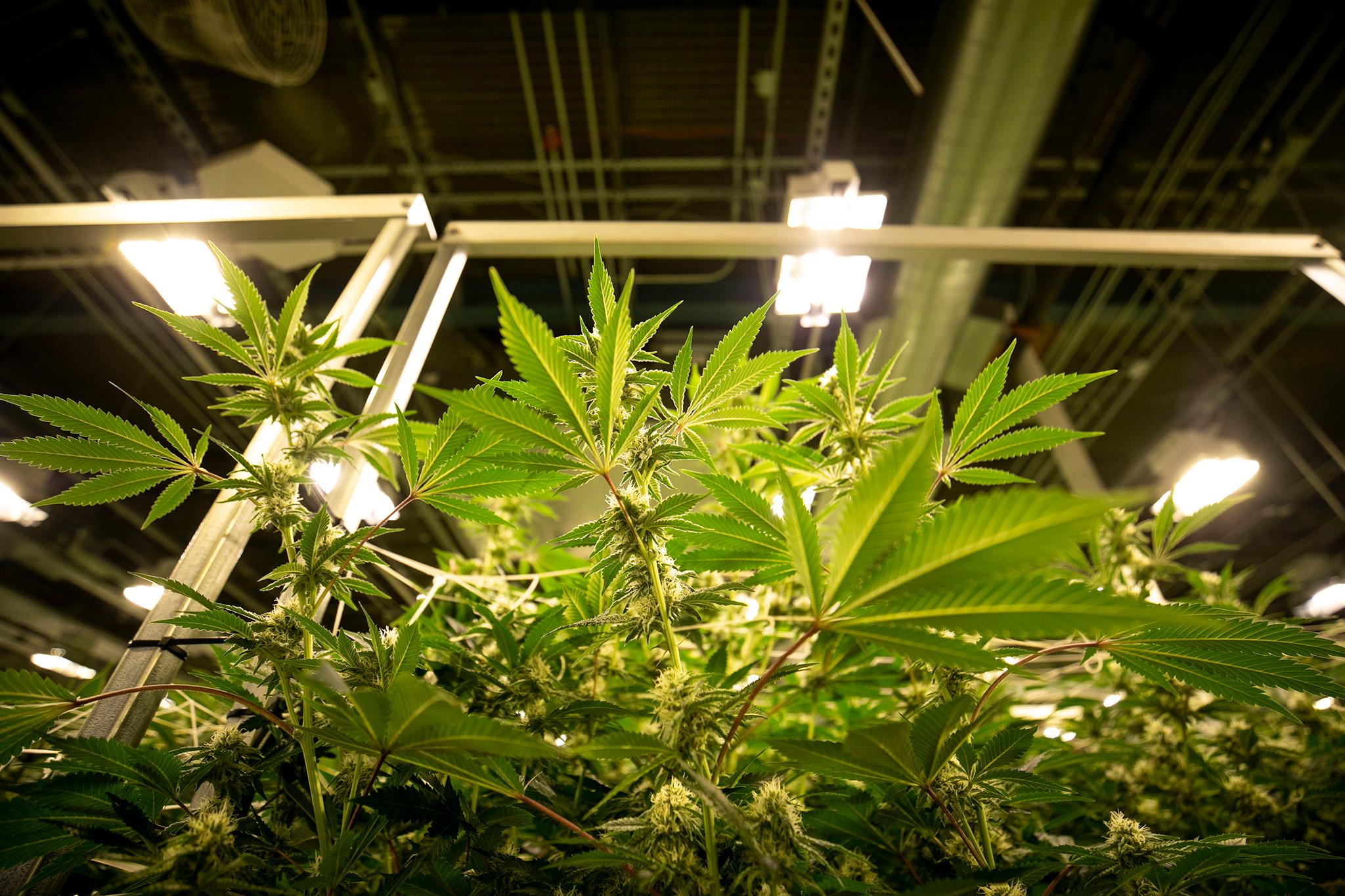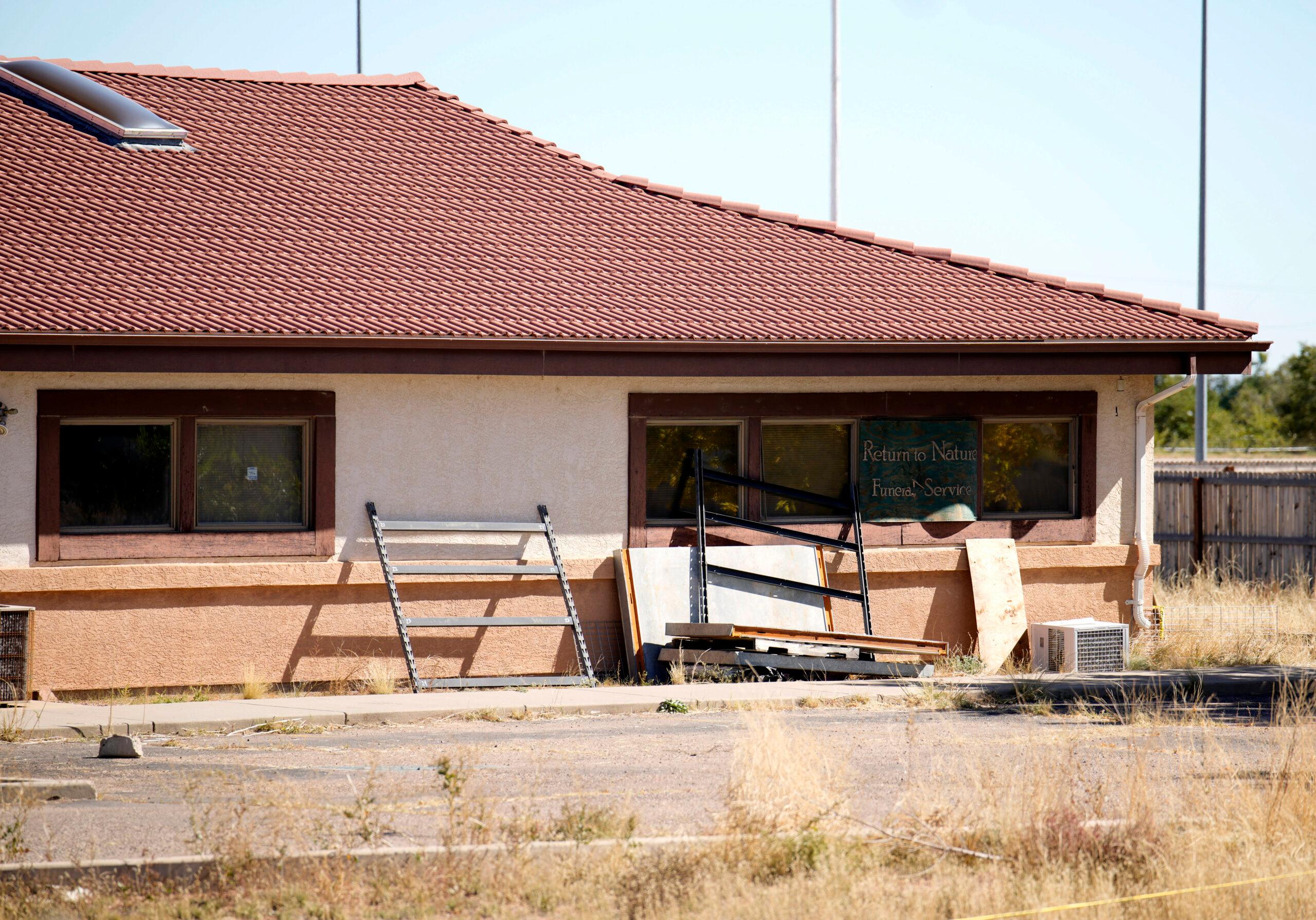
The head of the Regional Transportation District’s rail operations on Friday defended the agency’s handling of newly discovered track problems that have slowed parts of some light rail lines so much they’re unusable for commuters.
Riders, train operators and the agency’s board members were surprised by the 10 mph slowzones when they started last week on sections of the E, H and R lines in the southern Denver metro. Frustrations have only grown since then, as the slow zones and other disruptive maintenance projects have made travel — on the E and H lines in particular — nearly impossible.
“This is really painful for us as well, and we appreciate the concerns,” Dave Jensen, RTD’s assistant general for rail operations, said during a Friday afternoon press conference at the Belleview station. “We're doing everything we can to hasten up the repairs without compromising safety.”
RTD inspectors are now using a more rigorous inspection process that is uncovering more problems, including some track damage. RTD upped its maintenance regimen after state regulators took it to task over sections of rail in downtown Denver that the agency let disintegrate.
The repairs needed in the southern metro aren’t as extensive as those downtown and major repairs are expected to start within days, Jensen said.
“This is not a full-depth replacement,” he said. “This is us going in cutting out a piece of rail and putting a new piece in that's brand new, shaping it properly, and restoring service completely.”
Jensen answered questions from reporters about the track issues on Friday. Here are highlights from the press conference and a follow-up interview with Jensen, which have been lightly edited for clarity.
Q: If you knew last year that you were going to adopt a more stringent inspection standard and then you implemented it in May, you must have known that you might find more issues. Why were so many people surprised by these track issues and subsequent slow zones?
Jensen: We knew that there would be defects, but we did not know what the extent would be.
It's the equivalent of having your house go through a hailstorm and suspecting you might have damage but not knowing until you actually get on the ground and do an inspection. Then you know for sure, and now we know for sure.
Q: What's your best estimate for an end date for the speed restrictions?
Jensen: What I don't want to do is give a date that I can't keep. I believe that we can make significant progress by September. And we're going in next week to make repairs. As we make a repair or an adjustment, we'll lift that restriction. So it will be getting better. But we should see some significant progress. If we are not completed by September, we should see significant progress.
Q: We’re outside of Belleview station. How did you get here today?
Jensen: I drove … because my office doesn't have a train station next to it. And I had a meeting with the [Colorado Public Utilities Commission] just prior to this, so I had to get here.
Q: You’ve been leading RTD’s rail department for six years. How much responsibility do you take personally for letting sections of rail deteriorate to a point that the Public Utilities Commission intervened?
Jensen: I think all of rail operations is my responsibility. We had plans in place and we're doing inspections. We thought we had a really good handle on it. In fact, it was my team that recognized that things were moving faster than what were originally planned. And so it was rail operations team that took action.
Q: You’re seeing issues on sections of rail that aren’t very old. Was the rail itself defective or substandard in some way to begin with?
Jensen: We don't believe so. Everything's on the table, so we'll look at everything to determine that. But a lot of that is ongoing, deeper maintenance that is necessary. That wasn't always being done in the past …
Our environment's really harsh here, and so maintenance has to be increased. So there's more that we can do from a maintenance standpoint to try and get ahead of extending the life of the rail.
Q: Do you have a sense of how much is going to be able to be rehabbed and then how much rail is going to have to be replaced?
Jensen: I don't know that right now … We could [resurface] something that will take us a really long time if there's multiple sections. Or we could just replace a 20-foot section of rail and just knock it all out in one night. So we're making those decisions strategically.









